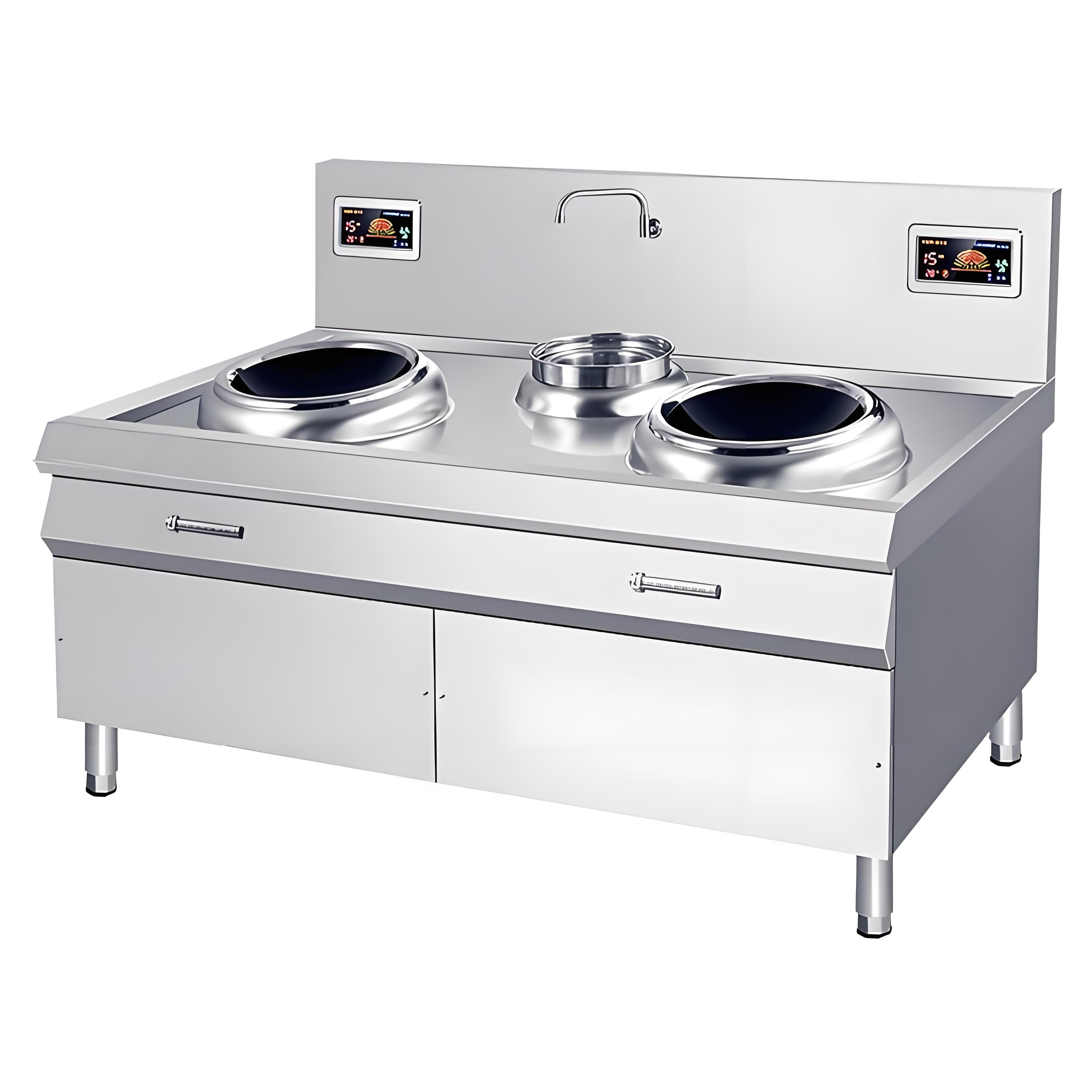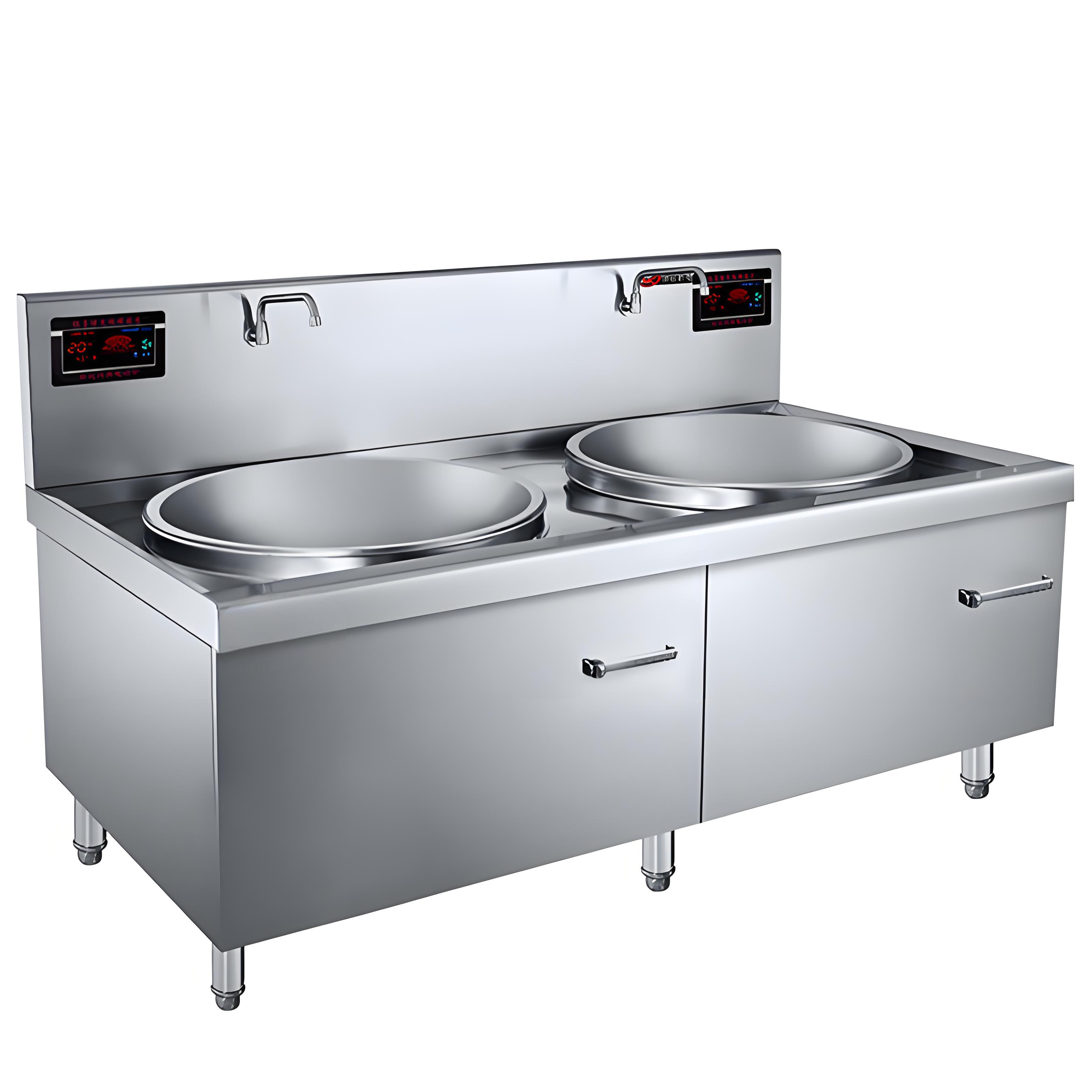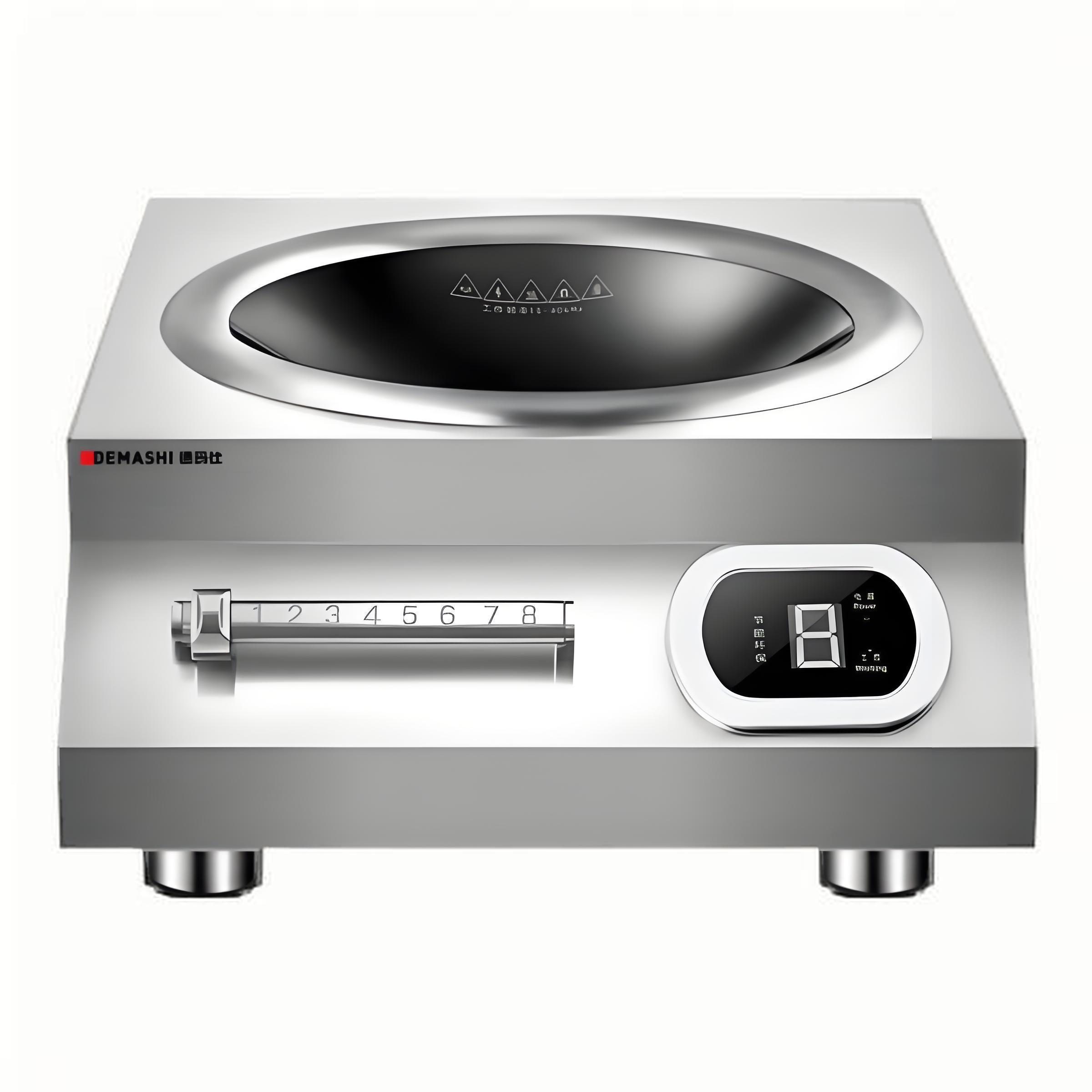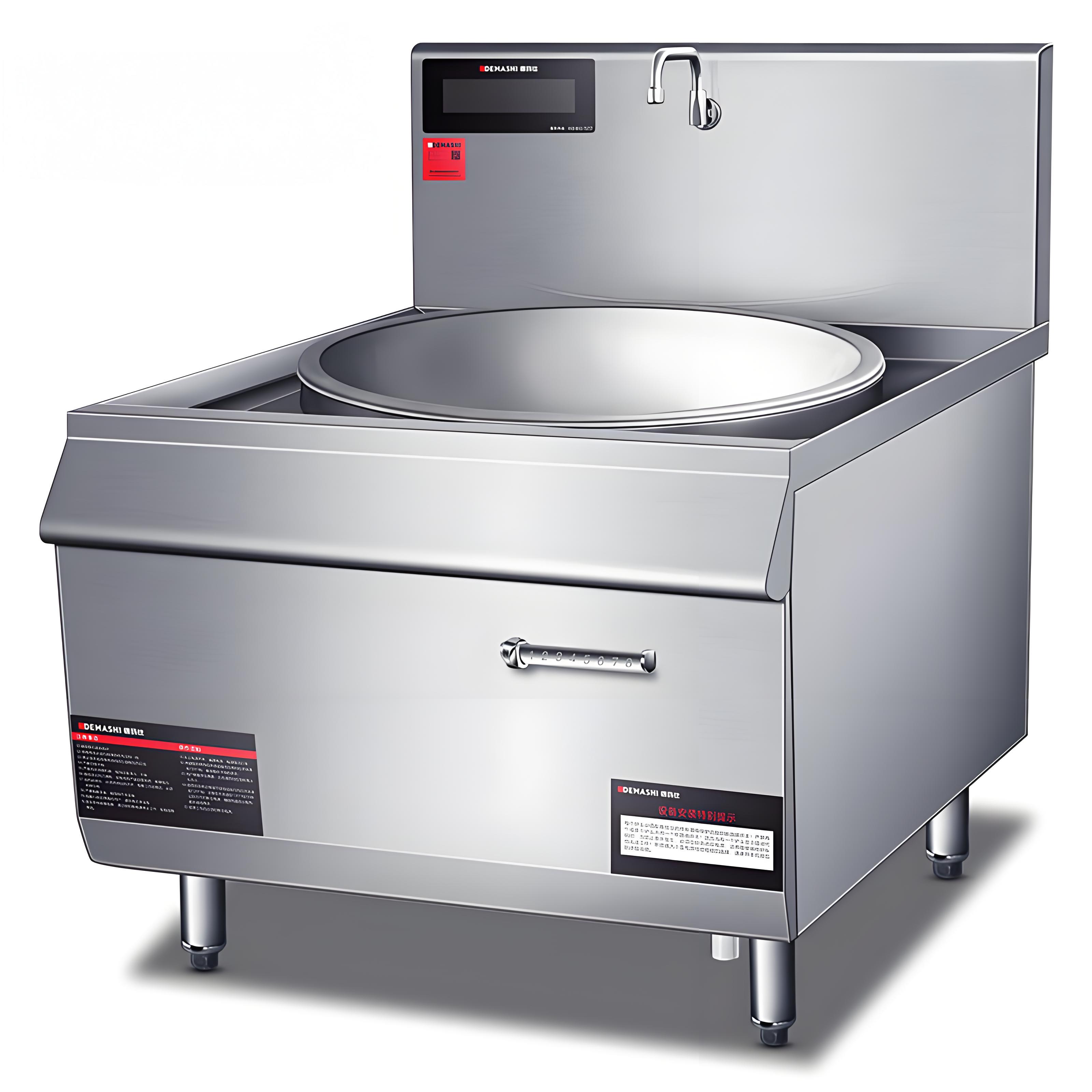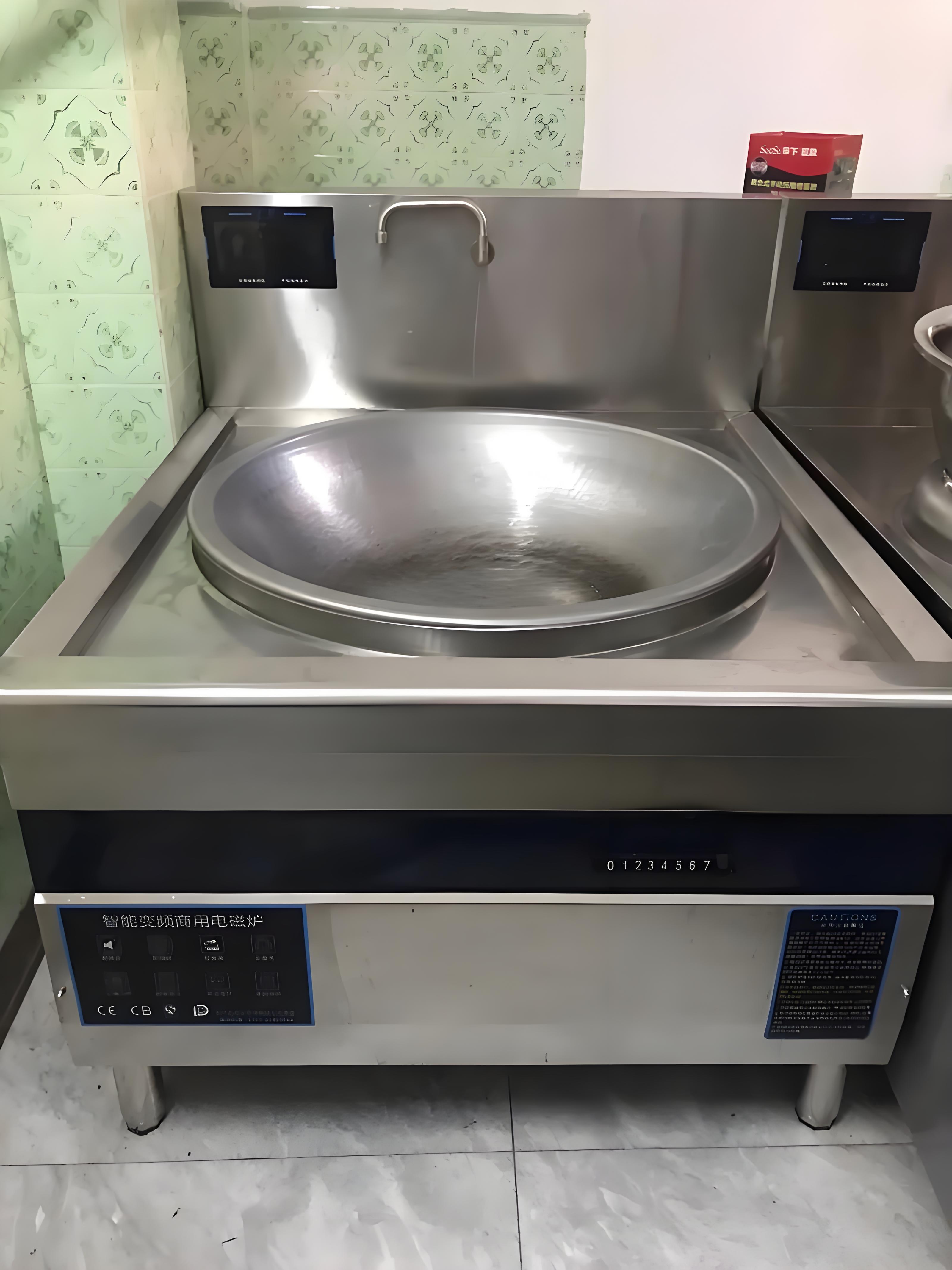As someone who’s been elbow-deep in commercial kitchen operations for over a decade, I’ve dealt with my fair share of equipment quirks. One issue that can throw a wrench into even the smoothest kitchen workflow is an induction cooktop with inaccurate temperature control. When your cooktop’s temperature settings don’t match the actual heat output, it can lead to undercooked dishes, burnt sauces, or frustrated chefs during a busy service. I’ve seen this problem crop up in restaurants, catering setups, and even high-end culinary schools. Let’s dive into why this happens, how to diagnose it, and, most importantly, how to fix it—or at least work around it—based on my years of hands-on experience.
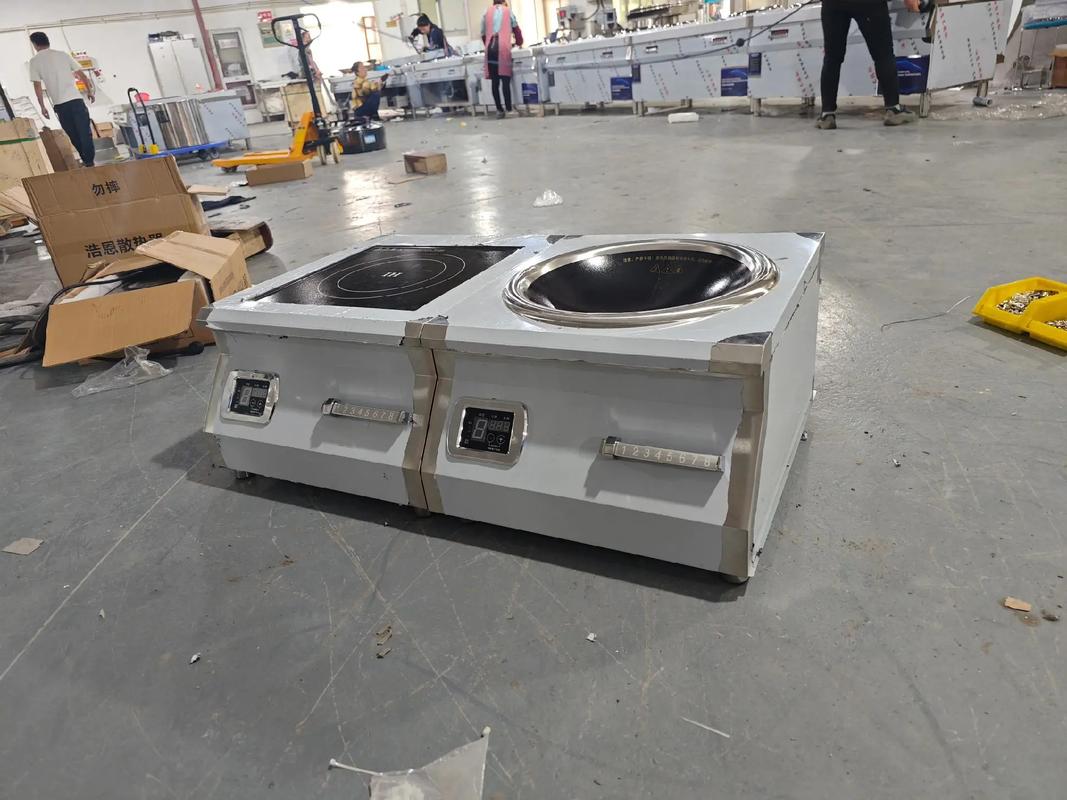
Why Temperature Control Matters
Induction cooktops are prized for their precision. Unlike gas or electric stoves, they use electromagnetic fields to heat cookware directly, allowing for quick adjustments and consistent results. When the temperature control goes haywire, it undermines that precision, turning a reliable tool into a source of frustration. Whether you’re searing steaks at 400°F (200°C) or simmering a delicate sauce at 180°F (82°C), you need to trust that your cooktop is delivering the heat you’ve set. In a commercial kitchen, where timing and quality are everything, inaccurate temperature control can mean the difference between a satisfied customer and a returned plate.
Common Causes of Inaccurate Temperature Control
Before jumping to solutions, it’s worth understanding why your induction cooktop might be acting up. Over the years, I’ve pinpointed several common culprits:
Sensor Issues: Most commercial induction cooktops rely on internal sensors or external probes to monitor temperature. If these sensors are dirty, misaligned, or damaged, they can misread the cookware’s temperature.
Cookware Mismatch: Not all pans are created equal. Using non-induction-compatible cookware or pans with uneven bases can lead to inconsistent heating, making it seem like the temperature control is off.
Calibration Drift: Over time, the cooktop’s internal calibration can drift, especially with heavy use or power fluctuations in a busy kitchen.
Environmental Factors: Poor ventilation, high ambient temperatures, or electrical interference can affect the cooktop’s performance.
Software or Firmware Glitches: Many modern induction cooktops have digital controls that rely on firmware. Bugs or outdated software can cause erratic temperature behavior.
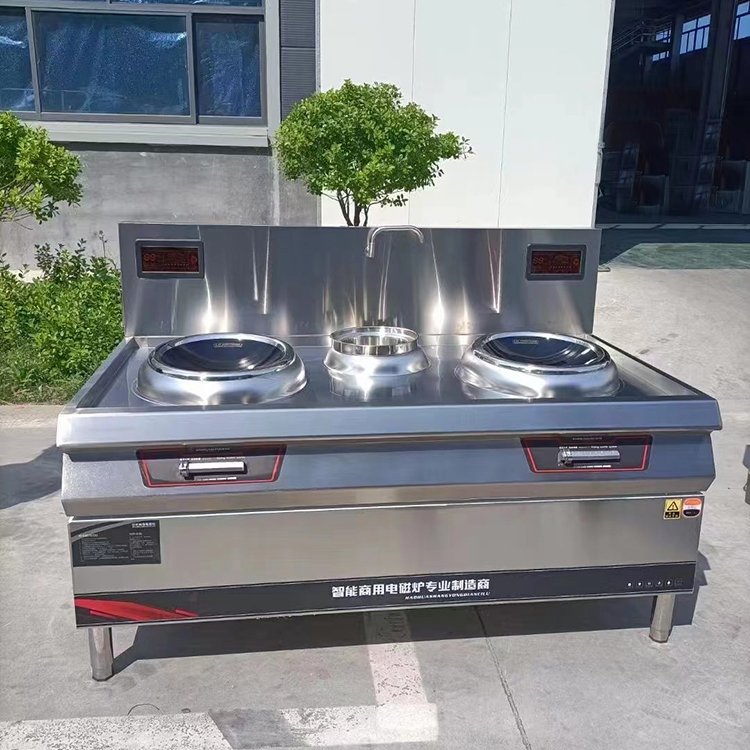
Step-by-Step Troubleshooting Guide
When I encounter a cooktop with wonky temperature control, I follow a systematic approach to diagnose and resolve the issue. Here’s how you can do the same:
1. Verify the Cookware
The first thing I check is the cookware. Induction-compatible pans—made of ferromagnetic materials like cast iron or certain stainless steels—are non-negotiable. If the pan isn’t compatible, the cooktop may not heat properly, mimicking a temperature control issue. Use a magnet to test: if it sticks to the pan’s base, it’s good to go. Also, ensure the pan has a flat, smooth bottom for maximum contact with the cooktop surface. Warped or uneven pans can cause hot spots or insufficient heating, throwing off your results.
2. Clean the Cooktop Surface
A dirty cooktop can interfere with the electromagnetic field, leading to inconsistent heating. I’ve seen kitchens where a thin layer of grease or food splatter caused temperature readings to go haywire. Clean the glass-ceramic surface thoroughly with a damp cloth and a mild, non-abrasive cleaner. Pay special attention to the area under the cookware, as residue there can disrupt sensor accuracy.
3. Test with a Thermometer
To confirm whether the temperature is truly off, use an infrared thermometer or a probe thermometer to measure the pan’s surface temperature. For example, set the cooktop to 350°F (175°C) and let it preheat for 3-5 minutes. Then, measure the pan’s temperature. If it’s significantly off (say, by more than 20°F or 10°C), you’ve got a problem. I once helped a restaurant troubleshoot a cooktop that was consistently 50°F too hot—turned out to be a calibration issue, but the thermometer test was the first clue.
4. Check Ventilation and Placement
Induction cooktops rely on internal fans to keep their electronics cool. If the vents are blocked or the kitchen is too hot, the cooktop may overheat, affecting temperature accuracy. Ensure at least 2-4 inches (5-10 cm) of clearance around the vents, and avoid placing the cooktop near heat sources like ovens or grills. In one kitchen I worked with, moving the cooktop away from a deep fryer solved intermittent temperature spikes.
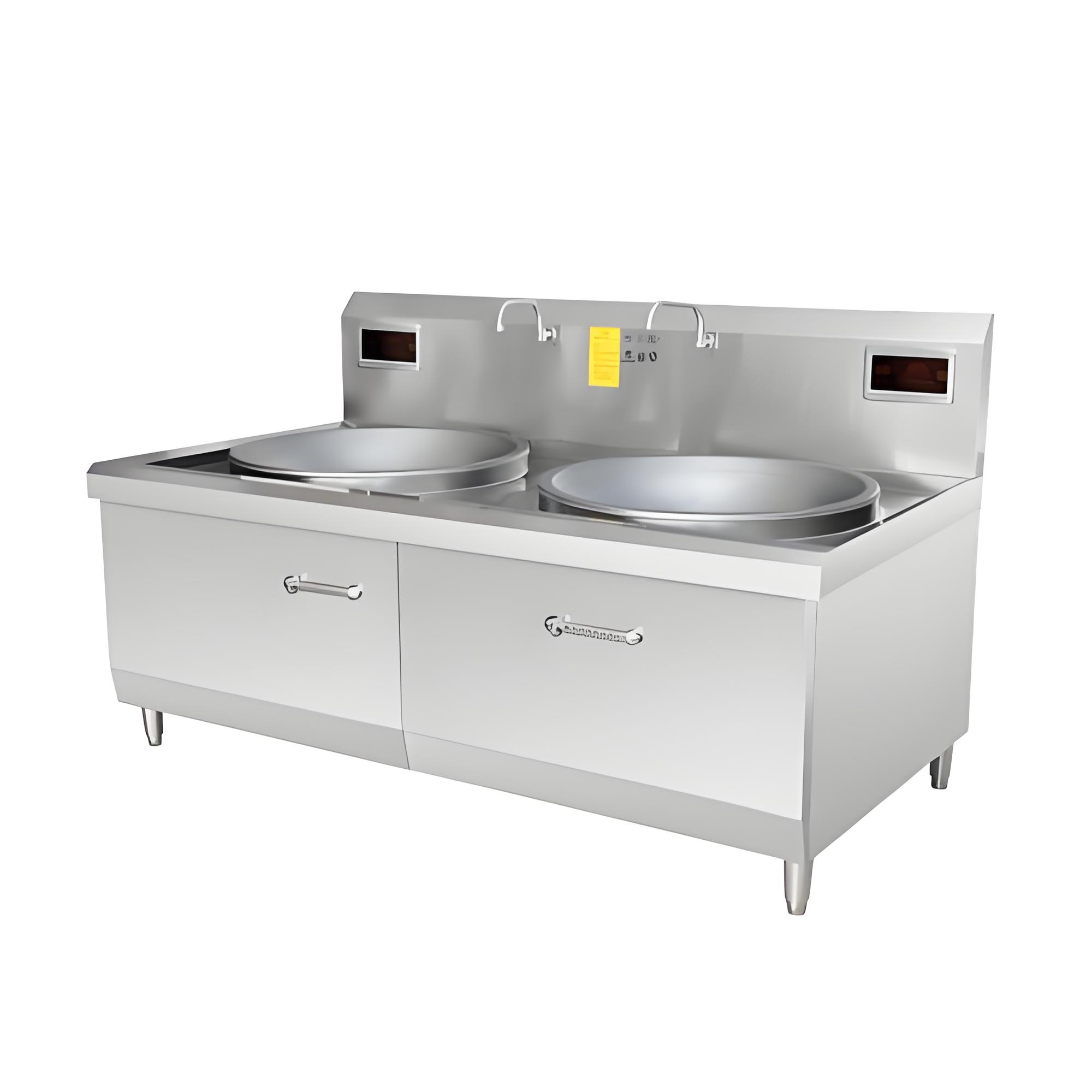
5. Recalibrate the Cooktop
Many commercial induction cooktops have a calibration feature, often outlined in the user manual. This might involve entering a diagnostic mode or adjusting settings via the control panel. For example, some models let you fine-tune the temperature offset if the sensor is consistently off. Check the manufacturer’s instructions for your specific model. If you’re not comfortable doing this yourself, call a technician—most brands offer calibration services. I’ve seen recalibration fix issues in about 30% of the cases I’ve dealt with.
6. Update Firmware or Software
If your cooktop has digital controls, outdated firmware could be the issue. Manufacturers often release updates to fix bugs or improve performance. Visit the manufacturer’s website or contact their support team to check for updates. In one instance, I helped a catering company resolve erratic temperature swings by updating their cooktop’s firmware—a simple fix that saved them from buying a new unit.
7. Inspect for Electrical Issues
Power fluctuations can mess with temperature control, especially in older buildings or kitchens with overloaded circuits. Ensure the cooktop is connected to a dedicated 208-240V, 30-50 amp circuit, as specified by the manufacturer. If you suspect electrical issues, have a licensed electrician check the voltage and wiring. I once traced a cooktop’s inconsistent performance to a faulty outlet that was delivering unstable power.
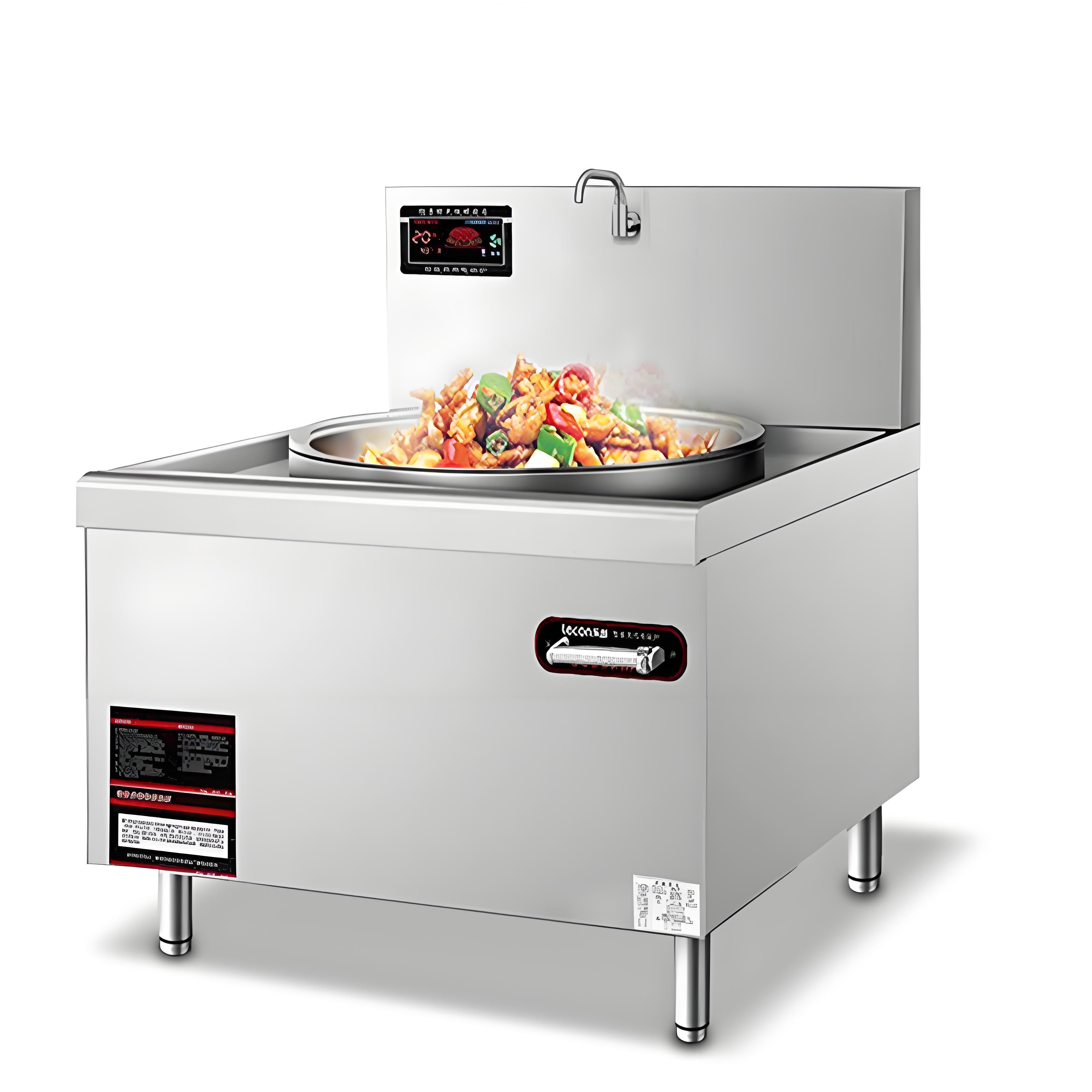
8. Contact the Manufacturer or a Technician
If the above steps don’t resolve the issue, it’s time to call in the pros. Persistent temperature inaccuracies could indicate a faulty sensor, damaged internal components, or a more complex electronics issue. Most manufacturers offer warranty support or repair services for commercial units. Keep your model number and purchase details handy to speed up the process.
Here’s a quick troubleshooting checklist to keep handy:
|
Step |
Action |
Tools Needed |
Expected Outcome |
|---|---|---|---|
|
Verify Cookware |
Check for induction compatibility |
Magnet |
Confirms pan suitability |
|
Clean Surface |
Wipe down cooktop |
Damp cloth, mild cleaner |
Removes residue |
|
Test Temperature |
Measure pan surface temperature |
Infrared/probe thermometer |
Identifies discrepancies |
|
Check Ventilation |
Ensure vent clearance |
Ruler or tape measure |
Improves cooling |
Workarounds for Ongoing Issues
Sometimes, you can’t fix the problem immediately—maybe you’re waiting for a technician or dealing with a busy service. Here are some practical workarounds I’ve used to keep things running smoothly:
Use a Thermometer for Precision: Until the issue is resolved, rely on an external thermometer to monitor pan temperatures. Adjust the cooktop’s settings manually to hit your target.
Adjust Cooking Techniques: If the cooktop runs too hot, lower the power setting slightly. For example, if you need 350°F but the cooktop overshoots to 400°F, try setting it to 300°F and monitor the results.
Rotate Cookware: If one burner is more unreliable than others, use it for less temperature-sensitive tasks like boiling water and reserve accurate burners for precision cooking.
Document Patterns: Keep a log of when and how the temperature inaccuracies occur. This can help technicians diagnose the issue faster. I’ve found that patterns (e.g., issues only at high settings) often point to specific problems like sensor drift.
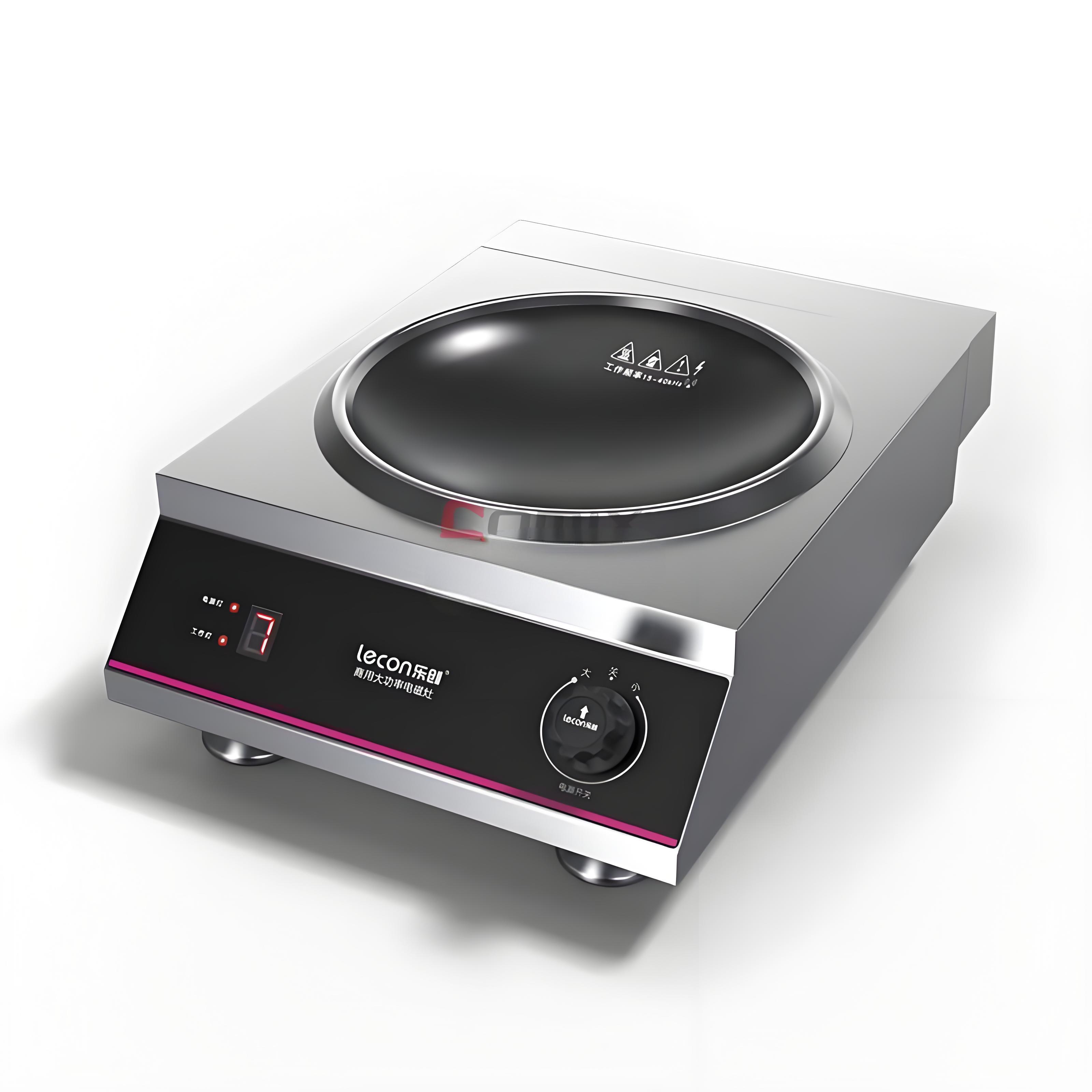
Preventing Future Temperature Issues
Once you’ve addressed the immediate problem, take steps to prevent it from happening again. Here’s what I’ve learned works:
Regular Maintenance: Clean the cooktop daily and inspect sensors monthly. A little upkeep goes a long way.
Invest in Quality Cookware: High-quality, induction-compatible pans with flat bases ensure consistent heat transfer. Cheap or warped pans can exacerbate temperature issues.
Monitor Electrical Stability: Work with an electrician to ensure your kitchen’s power supply is stable, especially if you’re running multiple high-powered appliances.
Schedule Professional Inspections: Have a technician check your cooktop annually, even if it seems fine. They can catch issues like sensor wear before they become major problems.
Why Induction Cooktops Are Still Worth It
Despite occasional hiccups like temperature inaccuracies, induction cooktops remain a game-changer for commercial kitchens. They’re faster, safer, and more energy-efficient than gas or electric alternatives. In my experience, a well-maintained induction cooktop can save up to 30% on energy costs compared to traditional stoves, and their precision (when working correctly) is unmatched. The key is to stay proactive about maintenance and troubleshooting.
Real-World Example
I once worked with a high-volume bistro that struggled with an induction cooktop that ran 30°F hotter than the set temperature. The chefs were frustrated, as their sauces kept burning despite careful settings. After checking the cookware (which was fine) and cleaning the surface (no change), we used an infrared thermometer to confirm the discrepancy. A quick recalibration, as outlined in the manual, fixed the issue in under 10 minutes. The lesson? Don’t assume the worst—systematic troubleshooting can save you time and money.
Closing Thoughts
Dealing with an induction cooktop that won’t hold the right temperature can feel like a culinary roadblock, but it’s a solvable one. By methodically checking your cookware, cleaning the surface, testing temperatures, and addressing calibration or electrical issues, you can get your cooktop back on track. If all else fails, don’t hesitate to call in a professional—sometimes, a small fix can make a big difference.
From my years in the industry, I’ve learned that every piece of equipment has its quirks, but with the right approach, you can turn challenges into opportunities for better kitchen management. Keep this guide handy, and you’ll be ready to tackle temperature issues with confidence, keeping your kitchen running smoothly and your dishes on point.

Related Questions and Answers
Q: How can I tell if my cooktop’s temperature sensor is faulty?
A: Use an infrared or probe thermometer to compare the pan’s actual temperature to the cooktop’s setting. If the difference is consistent (e.g., always 20°F off), the sensor may need recalibration or replacement.
Q: Can poor cookware cause temperature inaccuracies?
A: Absolutely. Non-induction-compatible pans or those with warped bases can lead to uneven heating, making it seem like the cooktop is off. Always use flat, ferromagnetic cookware.
Q: How often should I recalibrate my induction cooktop?
A: Most manufacturers recommend checking calibration every 6-12 months, depending on usage. Heavy daily use may require more frequent checks.
Q: What if my cooktop is still under warranty?
A: Contact the manufacturer with your model number and proof of purchase. Most warranties cover sensor or calibration issues, and they may send a technician or replacement parts.
Q: Are there cooktops that are less prone to temperature issues?
A: High-end models with advanced sensors and regular firmware updates tend to be more reliable. Check reviews and manufacturer specs for models with strong temperature control reputations.
